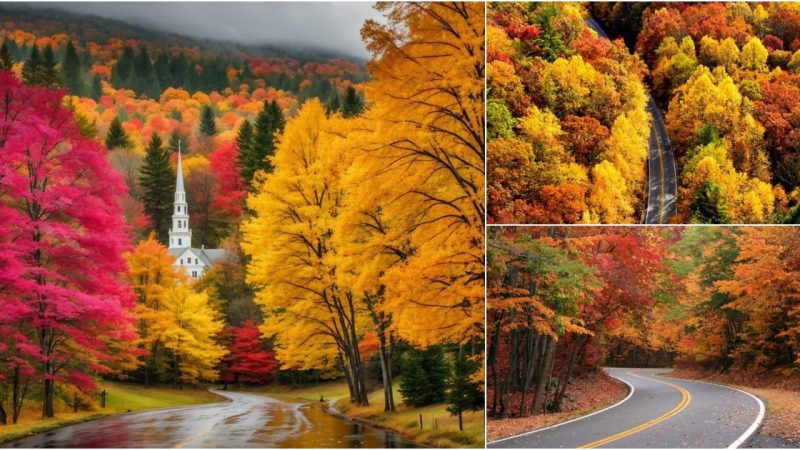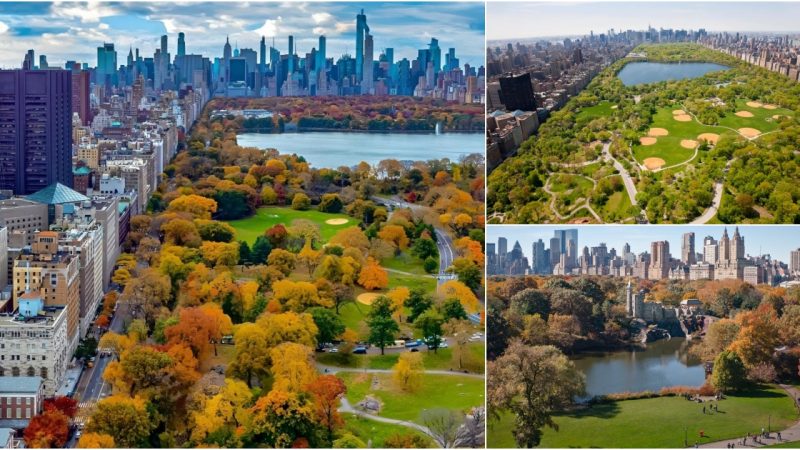Reviving the Essence of Straw: Crafting Remarkable Artistic Masterpieces

In the northern reaches of Japan’s Niigata Prefecture lies a captivating art festival that draws thousands of visitors, all thanks to a rather unusual medium: straw left over from the rice harvest. While straw typically finds its use in roofing, fertilizer, or even animal feed, Niigata has taken a creative turn by fashioning massive, awe-inspiring animals and creatures from this humble agricultural residue.


The origins of this beloved event trace back to several years ago when local farmers sought a solution for disposing of excess straw. This quest for an innovative approach led to a collaboration with Musashino University of the Arts, which endures to this day.

Each magnificent piece of straw art is meticulously designed by students from Musashino University of the Arts, brought to life by skilled craftsmen in the Nishikan Ward using intricate wooden structures and copious amounts of straw. To ensure stability and the ability to create large-scale sculptures, straw is cleverly wrapped around wooden frames.

The concept of revitalizing the region through straw art was first proposed by Shingo Miyajima, a former professor at Musashino University. Straw, a byproduct of rice production, has been employed in various ways for centuries, including as animal fodder, fertilizer, and household crafts. Today, this tradition takes on a modern twist.

The Toba-ami technique, employed to create the rice straw used in Wara art, is one of the traditional methods at risk of fading away. Although working with straw remains a simple yet delicate process, the patient weaving and the ingenious designs by Musashino students transform these sculptures into living artworks that seem to pulse with life.
The Wara festival not only showcases artistic creativity but also includes a range of engaging activities, such as games, folk music performances, and handicraft stalls.


The festival’s fusion of art installations, cultural decor, and the celebration of both real and mythical creatures continues to draw tourists from around the world, eager to marvel, laugh, and capture unforgettable moments.

In addition to the enormous creatures, the insects associated with the crop are also imaginatively brought to life.
Japan is renowned for its innovative and effective education system. Therefore, it comes as no surprise that even discarded straw can be repurposed into unique visual aids for young children. Through such engaging experiences, Japanese children are encouraged to unleash their creativity and develop comprehensively from an early age.



